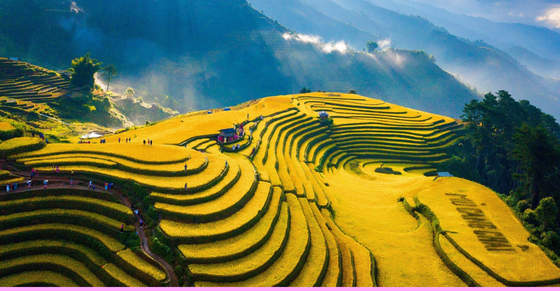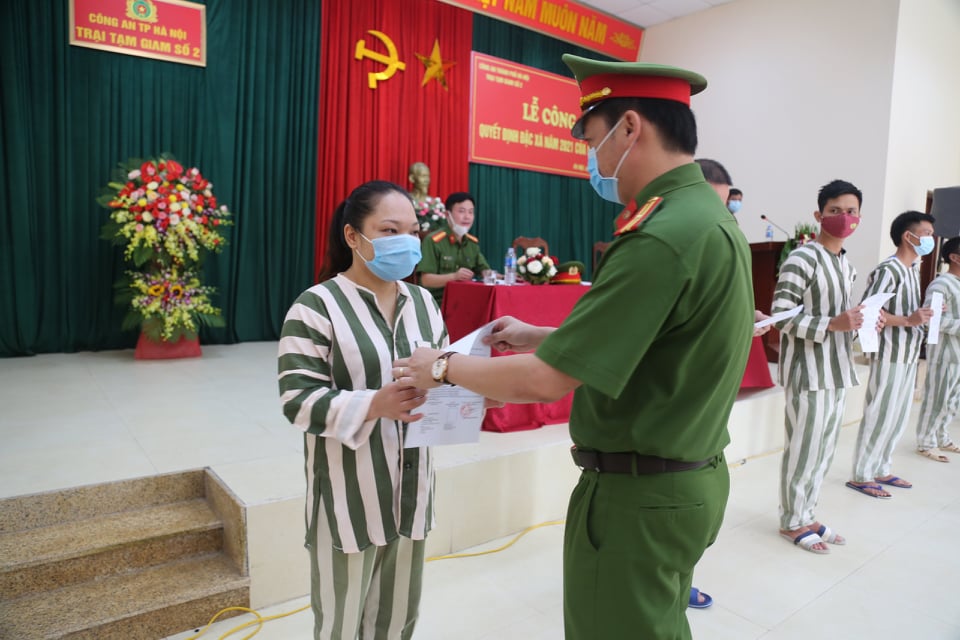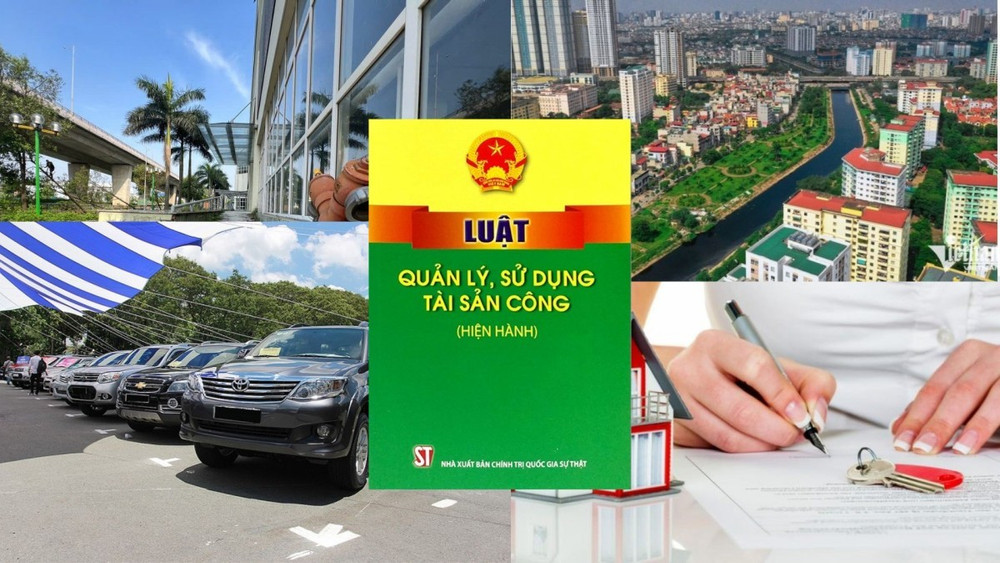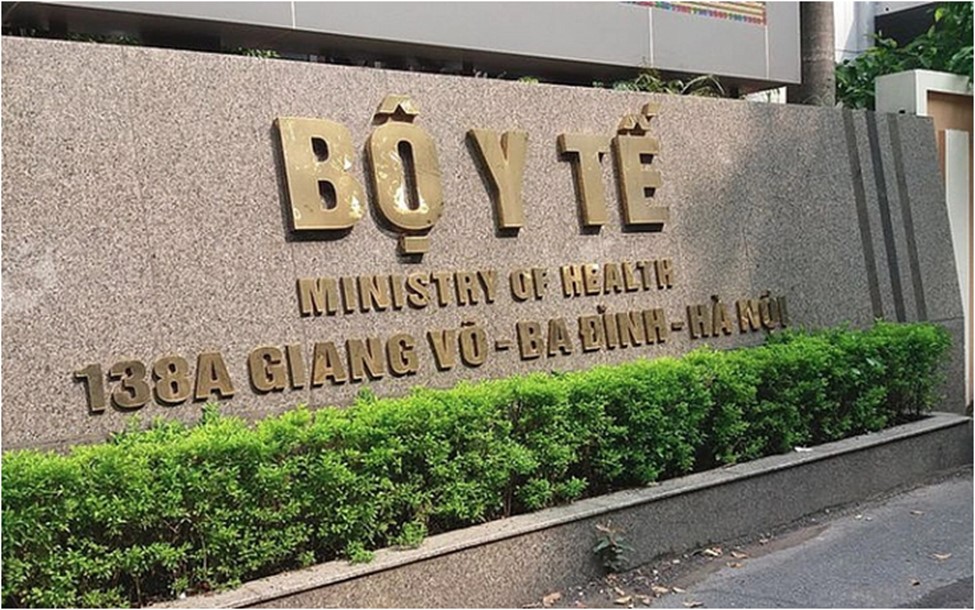Orientation for developing tourism for the future in Vietnam
Content of the orientation for developing tourism for the future in Vietnam is outlined in Decision 509/QD-TTg, which approves the planning for the tourism system for the period of 2021-2030, with a vision to 2045.

Orientation for developing tourism for the future in Vietnam (Internet image)
Orientation for developing tourism for the future in Vietnam
According to Decision 509/QD-TTg, several orientations for the development of tourism in Vietnam for the period of 2021-2030, with a vision to 2045, are stated as follows:
Market Development Orientation
-
Domestic Market
-
Period 2021 - 2025: Recover and maintain the growth momentum of the domestic tourism market.
-
Period 2026 - 2030: Enhance the exploitation of high-spending, long-staying market segments and new markets such as golf tourism, sports tourism, and adventure tourism.
-
-
International Market
-
Period 2021 - 2025: Recover traditional markets while attracting emerging markets such as India and Middle Eastern countries.
-
Period 2026-2030: Maintain and expand the scale of traditional markets: Northeast Asia, Southeast Asia, Europe, North America, Russia and Eastern Europe, Oceania; and diversify markets, shifting towards increasing the share of high-spending tourists.
-
Product Development Orientation
-
Developing main product lines
-
Optimally exploit marine, island tourism resources to develop competitive tourism products in the region focused on beach resorts, marine ecology, and cruise tourism. Develop high-end beach resort centers with strong international market brands.
-
Promote regional cultural values as the foundation to build tourism products related to heritage, festivals, lifestyle, cuisine; connect Vietnam's heritage with countries in the region and the world; effectively link tourism with cultural industries.
-
Develop eco-tourism products leveraging natural resource advantages, especially in world biosphere reserves, national parks, nature reserves, and marine reserves; prioritize the development of mangrove eco-tourism, orchard eco-tourism, cave, river, and lake eco-tourism.
-
Develop tourism products associated with central urban areas: Hanoi, Ho Chi Minh City, Da Nang, Hai Phong, Can Tho; special urban areas, such as: Heritage urban area Hoi An (Quang Nam), Hue (Thua Thien-Hue); key tourism development urban areas, such as: Sa Pa (Lao Cai), Ha Long (Quang Ninh), Nha Trang (Khanh Hoa), Da Lat (Lam Dong), Phan Thiet (Binh Thuan), Phu Quoc (Kien Giang); focus on linking tourism with cultural industries and nighttime economy development.
-
-
Develop new tourism types diversifying products according to new market trends: medical tourism, health and beauty care tourism; agricultural and rural tourism; sports and adventure tourism; MICE tourism (meetings, incentives, conferences, and exhibitions); educational tourism; yacht tourism; industrial tourism.
-
Develop region-specific and outstanding tourism products; create characteristic tourism products of the region and establish regional tourism brands based on enhancing regional linkages.
Tourism Spatial Organization Orientation
The planned development of Vietnam's tourism space includes: 06 regions, 03 growth poles, 08 dynamic areas, 05 main tourism corridors, 11 tourism centers; forming a system of National Tourism Areas and potential sites for development into National Tourism Areas.
** Orientation for development and linking of tourism development according to socio-economic regions as defined in the national master planning
-
Northern Midland and Mountain Regions:
-
Develop tourism products based on exploiting the strengths of natural landscapes, ecosystems, and the unique and diverse cultural identities of ethnic communities. Prioritize the development of tourism products with distinct regional characteristics: source-tracing tourism; cultural-historical learning tourism, community ethnic minority life experience tourism; nature exploration and adventure sports tourism; mountain and lake ecotourism and resorts.
-
Enhance linkage to exploit tourism resources and utilize infrastructure advantages according to clusters: Son La - Yen Bai; Lai Chau - Lao Cai - Ha Giang; Lao Cai - Phu Tho - Yen Bai; Cao Bang - Lang Son; Thai Nguyen - Tuyen Quang. Link with the Red River Delta region, with China and the Democratic People's Republic of Laos along the Northern East-West tourism corridor (formed based on the Dien Bien - Son La - Hoa Binh - Hanoi economic corridor).
-
-
Red River Delta Region:
-
Develop tourism products based on exploiting the strengths of world heritage systems, traditional cultural values, coastal natural landscapes, diverse ecosystems, and urban areas. Prioritize the development of tourism products with distinct regional characteristics: visit and experience the world heritage Ha Long Bay (Quang Ninh), Trang An Scenic Landscape Complex (Ninh Binh), Thang Long Imperial Citadel (Hanoi); cultural and folk belief learning tourism; village craft tourism, festival tourism; urban tourism linked with cultural industries and nighttime economy.
-
Strengthen linkages to exploit tourism resources and utilize infrastructure benefits according to clusters: Quang Ninh - Hai Phong; Thai Binh - Nam Dinh. Link with the North Central Coastal Region and Central Coast China along the North-South East tourism corridor, and the Northern Bay economic belt (Quang Ninh - Hai Phong - Thai Binh - Nam Dinh - Ninh Binh); with the Northern Midland and Mountain Regions along the Northern East-West tourism corridor (formed based on the Dien Bien - Son La - Hoa Binh - Hanoi economic corridor).
-
-
North Central Coastal Region and Central Coast:
-
Develop tourism products based on exploiting the strengths of marine, island tourism resources, natural landscapes, diverse ecosystems, and world heritage systems along with historical cultural relics. Prioritize the development of tourism products with distinct regional characteristics: "Central Heritage Path" tourism; marine, island beach resorts; historical and revolutionary relic exploration tourism; cave ecotourism; ethnic cultural learning tourism.
-
Enhance linkages to exploit tourism resources and utilize infrastructure advantages according to clusters: Thanh Hoa - Nghe An - Ha Tinh; Quang Binh - Quang Tri; Thua Thien-Hue - Da Nang - Quang Nam; Quang Ngai - Phu Yen - Binh Dinh; Khanh Hoa - Ninh Thuan - Binh Thuan. Link with the Red River Delta and the Southeastern Region along the North-South East tourism corridor; with the Central Highlands along the East-West (central) tourism corridor.
-
-
Central Highlands:
-
Develop tourism products based on exploiting the strengths of natural landscapes, diverse ecosystems, and distinctive cultural identities. Prioritize the development of tourism products with distinct regional characteristics: exploration and nature experience tourism in the highland region, Central Highlands Gong culture space tourism; "Green Road of Central Highlands" tourism; mountain resort tourism and eco-tourism.
-
Enhance linkages to exploit tourism resources and utilize infrastructure advantages according to clusters: Gia Lai - Kon Tum; Lam Dong; Dak Lak - Dak Nong. Link with the Southeastern Region along the North-South West tourism corridor; with the Northern Central Coastal Region and Central Coast, with the Democratic People's Republic of Laos along the East-West (central) tourism corridor.
-
-
Southeastern Region:
-
Develop tourism products based on exploiting the strengths of historical relic systems, cultural relics, revolutionary relics, urban areas, and marine, island tourism resources. Prioritize the development of products specific to the region: MICE tourism (meetings, incentives, conferences, and exhibitions), urban tourism linked with cultural industries and nighttime economy, marine, island beach resorts.
-
Enhance linkages to exploit tourism resources and utilize infrastructure advantages according to clusters: Dong Nai - Binh Duong; Binh Phuoc - Tay Ninh; Ba Ria - Vung Tau. Link with the Mekong Delta Region, the Northern Central Coastal Region and Central Coast along the North-South East and West tourism corridors; with Cambodia along the Southern East-West tourism corridor.
-
-
Mekong Delta Region:
-
Develop tourism products based on exploiting the strengths of aquatic ecosystems, natural landscapes, marine and island tourism resources, historical and cultural relics, along with diverse traditional cultural values. Prioritize the development of tourism products with distinct regional characteristics: river and orchard waterway tourism; cultural heritage learning; marine and island resorts, and entertainment tourism.
-
Enhance linkages to exploit tourism resources and utilize infrastructure advantages according to clusters: An Giang - Dong Thap - Long An; Tien Giang
-
-
Ben Tre - Tra Vinh - Soc Trang; Kien Giang - Ca Mau. Link with the Southeastern Region along the North-South East and West tourism corridors, with Cambodia and Thailand along the Southern coastal corridor (Ha Tien - Rach Gia - Ca Mau).
More details can be found in Decision 509/QD-TTg of Vietnam.
Le Nguyen Anh Hao
- Notable new policies of Vietnam effective as of the middle of April 2025
- Notable new policies of Vietnam to be effective as of the start of April 2025
- Notable new policies of Vietnam effective from the end of March 2025
- Notable new policies of Vietnam effective as of the middle of March 2025
- Notable new policies of Vietnam to be effective as of the start of March 2025
- Notable new policies of Vietnam effective from the end of February 2025
-

- Number of deputy directors of departments in Vietnam ...
- 15:04, 05/03/2025
-

- Cases ineligible for pardon in Vietnam in 2025
- 14:43, 05/03/2025
-

- Decree 50/2025 amending Decree 151/2017 on the ...
- 12:00, 05/03/2025
-

- Circular 07/2025 amending Circular 02/2022 on ...
- 11:30, 05/03/2025
-

- Adjustment to the organizational structure of ...
- 10:34, 05/03/2025
-

- Notable new policies of Vietnam effective as of ...
- 16:26, 11/04/2025
-
.Medium.png)
- Notable documents of Vietnam in the previous week ...
- 16:21, 11/04/2025
-
.Medium.png)
- Notable documents of Vietnam in the previous week ...
- 16:11, 02/04/2025
-
.Medium.png)
- Notable new policies of Vietnam to be effective ...
- 16:04, 02/04/2025
-
.Medium.png)
- Notable new policies of Vietnam effective from ...
- 14:51, 21/03/2025
 Article table of contents
Article table of contents
